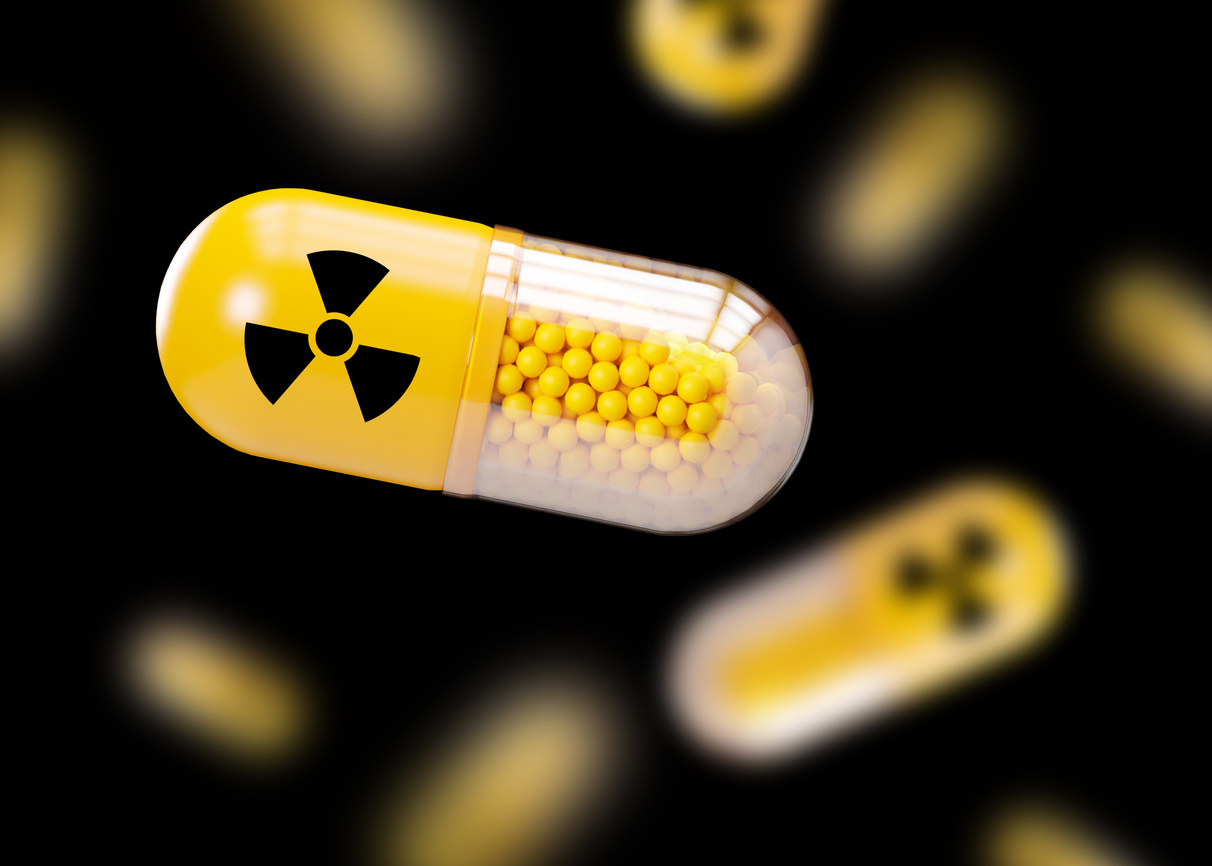In the quest for effective treatments for their disease, cancer patients often require several different modalities and treatment types. Radiopharmaceutical products are one of those forms of treatment, and treatment with these types of products requires expedient delivery to ensure that the required dosage is administered to patients as radioactive decay may result in a “race against time.”
Radiopharmaceuticals used in oncological treatment are regulated by the FDA as Positron Emission Tomography (PET) drugs (Guidance: PET Drugs — Current Good Manufacturing Practice (CGMP)). In recognition of the time constraints associated with use of radiopharmaceutical products and patient needs, the FDA has made the following provisions within the Code of Federal Regulations at 21 CFR Part 212.70(f):
Conditional final release.
(1) If you cannot complete one of the required finished-product tests for a batch of a PET drug product because of a malfunction involving analytical equipment, you may approve the conditional final release of the product if you meet the following conditions:
(i) You have data documenting that preceding consecutive batches, produced using the same methods used for the conditionally released batch, demonstrate that the conditionally released batch will likely meet the established specifications;
(ii) You determine that all other acceptance criteria are met;
(iii) You retain a reserve sample of the conditionally released batch of drug product;
(iv) You promptly correct the malfunction of analytical equipment, complete the omitted test using the reserve sample after the malfunction is corrected, and document that reasonable efforts have been made to prevent recurrence of the malfunction;
(v) If you obtain an out-of-specification result when testing the reserve sample, you immediately notify the receiving facility; and
(vi) You document all actions regarding the conditional final release of the drug product, including the justification for the release, all followup actions, results of completed testing, all notifications, and corrective actions to prevent recurrence of the malfunction involving analytical equipment.
(2) Even if the criteria in paragraph (f)(1) of this section are met, you may not approve the conditional final release of the product if the malfunction involving analytical equipment prevents the performance of a radiochemical identity/purity test or prevents the determination of the product’s specific activity.
Healthcare providers often receive the product and administer it prior to all final testing being complete. Although the chemical purity and specific activity have not been confirmed, the calculated risk-benefit ratio, which is based on the benefit of the treatment, is acceptable. The bottom line is that patients are putting a lot of trust in the manufacturing processes for these products. This is a big responsibility for the manufacturer and, in order to be ready to release the product quickly, the manufacturer needs to ensure a robust compliance investigation under its Quality Management System if issues arise when following through with the complete, required release testing.
For our readers who are PET drug manufacturers, are you struggling to establish a balance of conditional release with your investigation system as dictated by your QMS? Have a concern or question about a specific investigation? Lachman Consultants can help! Reach out to us at LCS@Lachmanconsultants.com for a consultation.




